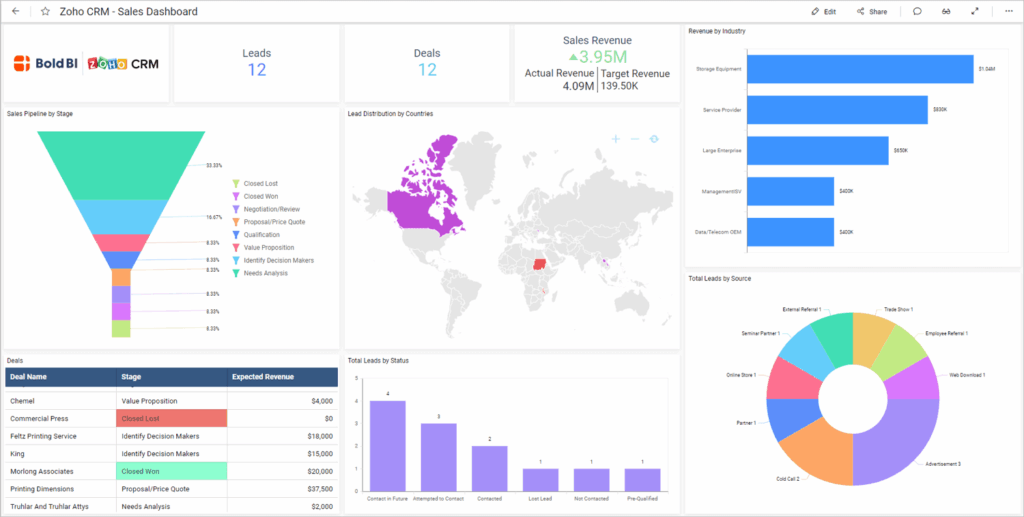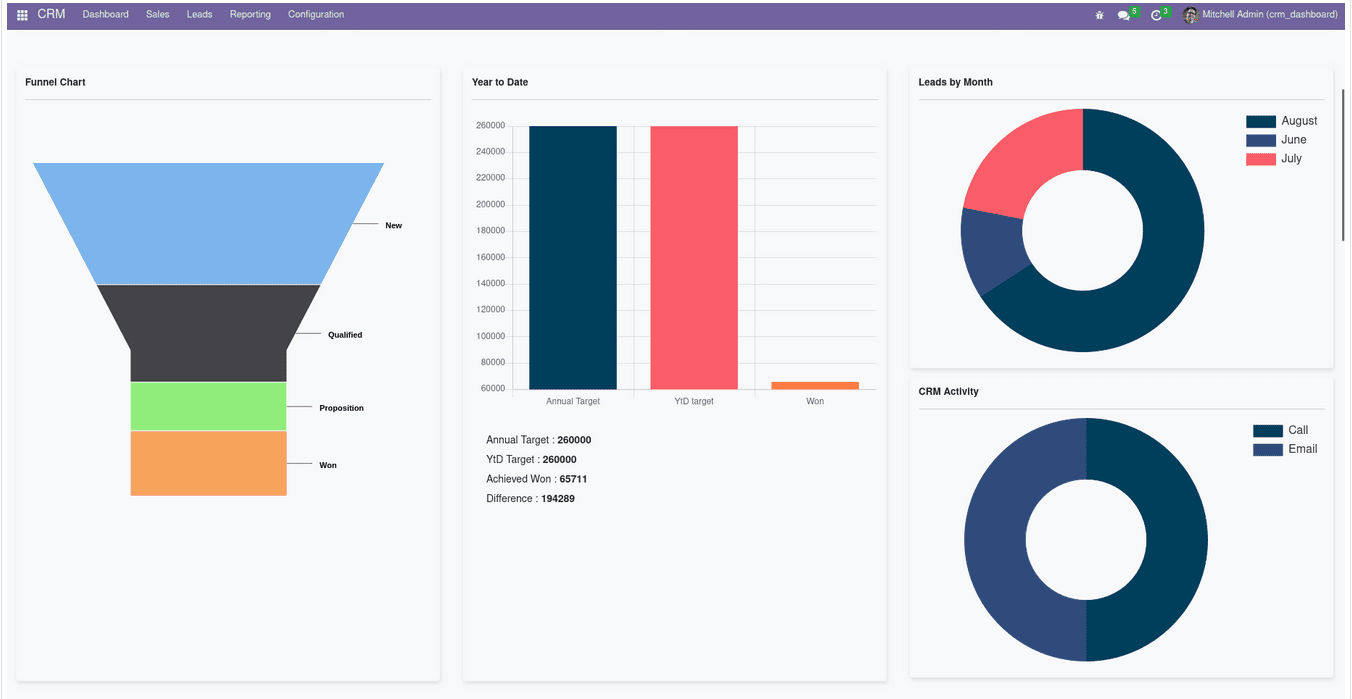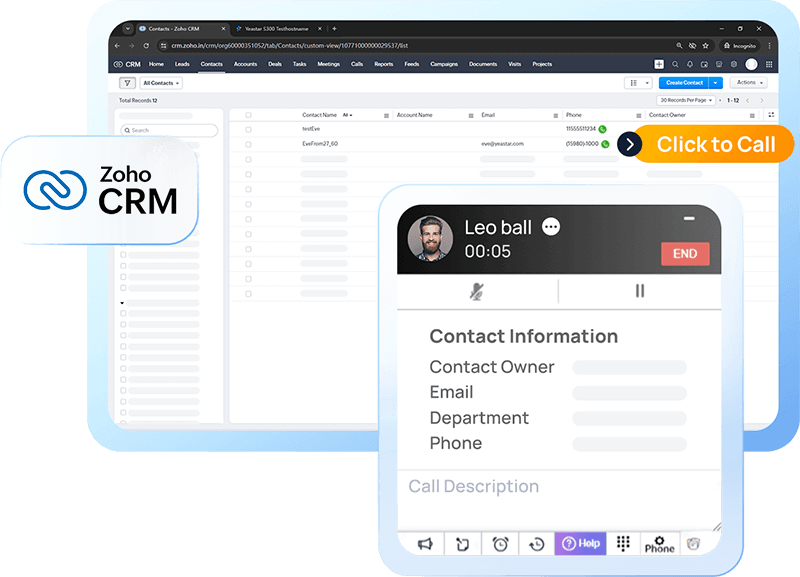
In the ever-evolving landscape of digital marketing, understanding and leveraging Customer Relationship Management (CRM) has become paramount. But simply implementing a CRM system isn’t enough. To truly harness its power, you need to dive deep into CRM marketing metrics. These metrics are the lifeblood of your CRM strategy, providing the insights you need to optimize your campaigns, enhance customer experiences, and ultimately, drive revenue growth. This comprehensive guide will walk you through the most critical CRM marketing metrics, explaining what they are, why they matter, and how you can use them to achieve marketing success.
What are CRM Marketing Metrics?
CRM marketing metrics are specific, measurable values that track the performance of your CRM initiatives. They provide a data-driven view of your marketing efforts, allowing you to understand what’s working, what’s not, and where you can improve. Think of them as the compass and map for your marketing journey. They help you navigate the complex terrain of customer relationships and guide you towards your goals.
Without these metrics, you’re essentially flying blind. You might be spending a fortune on campaigns that aren’t generating results, or missing opportunities to nurture leads and convert them into loyal customers. By tracking the right CRM marketing metrics, you gain a clear picture of your marketing performance and make informed decisions that drive tangible results.
Why are CRM Marketing Metrics Important?
The importance of CRM marketing metrics cannot be overstated. They offer a multitude of benefits, including:
- Improved Decision-Making: Metrics provide data-backed insights, enabling you to make informed decisions about your marketing strategies, resource allocation, and campaign optimization.
- Enhanced Customer Understanding: By analyzing customer data, you gain a deeper understanding of their behaviors, preferences, and needs, allowing you to personalize your marketing efforts and improve customer satisfaction.
- Increased ROI: Tracking metrics helps you identify the most effective marketing channels and campaigns, allowing you to allocate resources more efficiently and maximize your return on investment (ROI).
- Better Campaign Performance: Metrics provide real-time feedback on your campaigns, enabling you to make adjustments and optimize them for better performance.
- Increased Sales: By nurturing leads, improving customer engagement, and personalizing offers, CRM marketing metrics can directly contribute to increased sales and revenue growth.
- Improved Customer Retention: By understanding customer behavior and proactively addressing their needs, you can improve customer retention rates and build long-term customer loyalty.
- Enhanced Team Performance: Metrics provide a clear picture of team performance, allowing you to identify areas for improvement and motivate your team to achieve their goals.
Key CRM Marketing Metrics to Track
Now, let’s delve into the specific CRM marketing metrics you should be tracking. We’ll break them down into several key categories:
1. Customer Acquisition Metrics
These metrics focus on the effectiveness of your efforts to acquire new customers.
- Cost Per Acquisition (CPA): This metric measures the total cost of acquiring a new customer. It’s calculated by dividing the total marketing spend by the number of new customers acquired. A lower CPA indicates a more efficient customer acquisition strategy. Tracking CPA helps you understand how much it costs to acquire each customer through different marketing channels. This information is crucial for budget allocation and optimizing your marketing spend.
- Customer Acquisition Cost (CAC): Similar to CPA, CAC measures the total cost of acquiring a customer, including marketing and sales expenses. It’s calculated by dividing the total marketing and sales expenses by the number of new customers acquired over a specific period. CAC provides a more holistic view of your customer acquisition costs. A high CAC can indicate inefficiencies in your sales or marketing processes.
- Conversion Rate: This metric measures the percentage of leads that convert into customers. It’s calculated by dividing the number of customers acquired by the number of leads generated. A higher conversion rate indicates that your sales and marketing efforts are effectively turning leads into paying customers. Tracking conversion rates at different stages of the sales funnel helps identify bottlenecks and areas for improvement.
- Lead Conversion Rate: This is the percentage of leads that convert into qualified leads. It’s a critical metric for evaluating the effectiveness of lead generation efforts. The lead conversion rate is calculated by dividing the number of qualified leads by the total number of leads generated.
- Marketing Qualified Lead (MQL) to Sales Qualified Lead (SQL) Rate: This metric tracks the percentage of MQLs that are successfully converted into SQLs. A high rate indicates the effectiveness of lead nurturing and qualification processes.
2. Customer Engagement Metrics
These metrics measure how actively your customers interact with your brand.
- Website Traffic: This metric tracks the number of visitors to your website. Analyzing website traffic patterns, such as traffic sources, pages viewed, and time spent on the site, provides insights into customer interests and engagement.
- Email Open Rate: This measures the percentage of emails that are opened by recipients. A higher open rate suggests that your email subject lines and content are engaging and relevant to your audience.
- Click-Through Rate (CTR): This measures the percentage of recipients who click on links within your emails or other marketing materials. A high CTR indicates that your content is compelling and that your calls-to-action are effective.
- Social Media Engagement: This encompasses various metrics, such as likes, shares, comments, and followers. Tracking social media engagement provides insights into customer interest and brand awareness.
- Customer Interaction Rate: This measures the frequency of customer interactions with your brand, such as phone calls, emails, or live chat sessions. A higher interaction rate indicates that customers are actively engaging with your brand.
- Average Time on Page: This metric measures the average time visitors spend on a specific page of your website. A longer time on page suggests that the content is engaging and relevant.
3. Sales Performance Metrics
These metrics directly reflect the success of your sales efforts.
- Sales Revenue: This is the total revenue generated from sales. Tracking sales revenue over time helps you assess the overall performance of your sales efforts.
- Sales Growth Rate: This measures the percentage increase in sales revenue over a specific period. A high sales growth rate indicates that your sales efforts are successful.
- Average Deal Size: This measures the average value of each sale. A larger average deal size indicates that your sales team is effectively selling higher-value products or services.
- Sales Cycle Length: This measures the time it takes to close a deal, from the initial contact to the final sale. A shorter sales cycle length can improve sales efficiency and revenue generation.
- Win Rate: This measures the percentage of deals that are successfully closed. A higher win rate indicates that your sales team is effectively converting leads into customers.
- Upsell and Cross-sell Rate: These metrics measure the percentage of customers who purchase additional products or services. A high upsell and cross-sell rate indicate that your sales team is effectively promoting related products and services.
4. Customer Retention Metrics
These metrics focus on keeping your existing customers happy and engaged.
- Customer Retention Rate: This measures the percentage of customers who remain customers over a specific period. A higher retention rate indicates that your customers are satisfied with your products or services. It is calculated by taking the number of customers at the end of a period, minus the number of new customers acquired during that period, and dividing it by the number of customers at the start of the period.
- Customer Churn Rate: This measures the percentage of customers who stop doing business with your company over a specific period. A lower churn rate indicates that your customers are satisfied and loyal. This is calculated by dividing the number of customers lost during a period by the number of customers at the start of that period.
- Customer Lifetime Value (CLTV): This metric estimates the total revenue a customer is expected to generate over their relationship with your company. A high CLTV indicates that your customers are valuable and that you should invest in retaining them. CLTV is calculated by multiplying the average purchase value by the average purchase frequency and the average customer lifespan.
- Repeat Purchase Rate: This measures the percentage of customers who make repeat purchases. A higher repeat purchase rate indicates that your customers are satisfied with your products or services and are likely to make future purchases.
- Net Promoter Score (NPS): This measures customer loyalty and satisfaction. It’s based on a single question: “How likely are you to recommend our company/product/service to a friend or colleague?” Customers respond on a scale of 0 to 10. Based on their scores, customers are categorized as promoters (9-10), passives (7-8), or detractors (0-6). NPS is calculated by subtracting the percentage of detractors from the percentage of promoters.
- Customer Satisfaction (CSAT) Score: This measures customer satisfaction with a specific interaction or experience. It’s often measured using a simple survey question, such as “How satisfied were you with your recent purchase?” Customers respond on a scale (e.g., 1-5 or 1-10). The average score provides an indication of customer satisfaction.
5. Marketing Campaign Metrics
These metrics are specifically related to the performance of your marketing campaigns.
- Return on Investment (ROI): This measures the profitability of your marketing campaigns. It’s calculated by dividing the net profit from a campaign by the total cost of the campaign. A higher ROI indicates a more profitable campaign.
- Cost Per Lead (CPL): This measures the cost of generating a lead through a specific marketing campaign. It’s calculated by dividing the total cost of the campaign by the number of leads generated. A lower CPL indicates a more cost-effective campaign.
- Click-Through Rate (CTR): This, as mentioned before, measures the percentage of people who click on a link in your ads or emails. A high CTR indicates your ads are relevant and engaging.
- Conversion Rate: As mentioned earlier, this measures the percentage of people who complete a desired action, such as making a purchase or filling out a form, after interacting with your campaign.
- Bounce Rate: This measures the percentage of visitors who leave your website after viewing only one page. A high bounce rate can indicate issues with your website design, content, or targeting.
How to Effectively Use CRM Marketing Metrics
Tracking CRM marketing metrics is only half the battle. The real value lies in how you use the data to drive improvements. Here’s how to effectively leverage these metrics:
1. Define Your Goals
Before you start tracking metrics, define your marketing goals. What do you want to achieve? Are you aiming to increase sales, improve customer retention, or grow brand awareness? Your goals will guide you in selecting the most relevant metrics to track.
2. Choose the Right Metrics
Not all metrics are created equal. Select the metrics that are most relevant to your goals and business objectives. Focus on a manageable set of metrics to avoid data overload.
3. Establish Baselines
Before you start making changes, establish baselines for your key metrics. This will allow you to measure the impact of your efforts over time. Gather data on your current performance and use it as a benchmark.
4. Track Regularly
Consistency is key. Track your metrics regularly, whether it’s daily, weekly, or monthly, depending on the nature of the metric and your goals. This will provide you with timely insights and allow you to identify trends and patterns.
5. Analyze and Interpret the Data
Don’t just collect data; analyze it. Look for trends, patterns, and anomalies. Compare your performance against your baselines and industry benchmarks. Understand what the data is telling you.
6. Make Data-Driven Decisions
Use the insights gained from your metric analysis to make informed decisions about your marketing strategies, resource allocation, and campaign optimization. Don’t rely on gut feelings; let the data guide you.
7. Implement Changes and Test
Based on your analysis, implement changes to your marketing campaigns and strategies. Then, track the impact of these changes on your metrics. A/B test different approaches to see what works best.
8. Continuously Optimize
CRM marketing is an ongoing process. Continuously monitor your metrics, analyze the results, and make adjustments to optimize your performance. The marketing landscape is constantly changing, so it’s essential to stay adaptable.
9. Use CRM Software Effectively
Your CRM software is a powerful tool for tracking and analyzing marketing metrics. Make sure you’re using it to its full potential. Configure your CRM to automatically track the metrics that are most important to you. Use the reporting and analytics features to gain valuable insights.
10. Integrate Data Across Platforms
Connect your CRM with other marketing platforms, such as your email marketing software, social media platforms, and website analytics tools. This integration will provide you with a more holistic view of your marketing performance.
Tools for Tracking CRM Marketing Metrics
Several tools can help you track and analyze your CRM marketing metrics. Here are a few popular options:
- CRM Software: Many CRM systems, such as Salesforce, HubSpot, and Zoho CRM, have built-in reporting and analytics features that allow you to track key metrics.
- Marketing Automation Platforms: Marketing automation platforms, such as Marketo and Pardot, offer advanced analytics capabilities, including detailed campaign performance tracking.
- Google Analytics: Google Analytics is a powerful web analytics tool that can track website traffic, user behavior, and conversion rates.
- Spreadsheet Software: You can use spreadsheet software, such as Microsoft Excel or Google Sheets, to manually track and analyze your metrics. This can be a good option for smaller businesses or those just starting out.
- Business Intelligence (BI) Tools: BI tools, such as Tableau and Power BI, can help you visualize and analyze your data, making it easier to identify trends and patterns.
Common Pitfalls to Avoid
While tracking CRM marketing metrics is essential, there are some common pitfalls to avoid:
- Tracking Too Many Metrics: Don’t get overwhelmed by data. Focus on the metrics that are most relevant to your goals.
- Ignoring the Data: Don’t just collect data; analyze it and use it to make informed decisions.
- Setting Unrealistic Goals: Set achievable goals based on your current performance and industry benchmarks.
- Not Integrating Data: Integrate your CRM with other marketing platforms to get a complete view of your marketing performance.
- Not Adapting: The marketing landscape is constantly changing. Be prepared to adapt your strategies based on the data you collect.
- Lack of Focus: Don’t spread yourself too thin. Focus your efforts on the channels and campaigns that are generating the best results.
Conclusion
CRM marketing metrics are indispensable for any business looking to optimize its marketing efforts, enhance customer relationships, and drive revenue growth. By understanding the key metrics, tracking them regularly, and making data-driven decisions, you can unlock the full potential of your CRM system and achieve significant marketing success. Remember to define your goals, choose the right metrics, and continuously optimize your strategies based on the data you collect. Embrace the power of CRM marketing metrics, and watch your business thrive.
By embracing these strategies and diligently tracking and analyzing your CRM marketing metrics, you’ll be well-equipped to navigate the complex marketing landscape and achieve your business objectives. The journey may require effort and constant refinement, but the rewards – increased sales, improved customer loyalty, and enhanced profitability – are well worth it.


